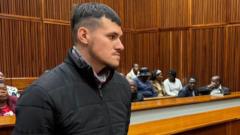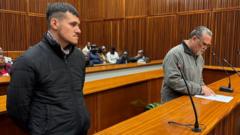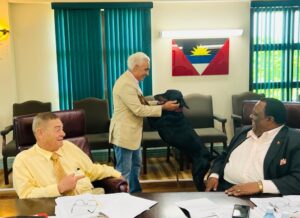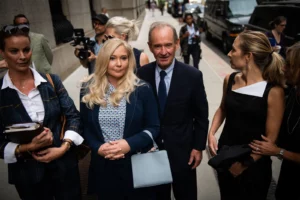The murder of 15-year-old Cassius Turvey has not only highlighted the issue of racial violence in Australia but also prompted widespread public anger and mourning for a life cut short.
Two Men Sentenced to Life for Murder of Aboriginal Teenager
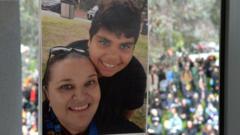
Two Men Sentenced to Life for Murder of Aboriginal Teenager
A brutal act of violence against a young Indigenous boy in Australia has led to life sentences for two men, igniting discussions on racism and community safety.
Two men have been handed life sentences for the murder of Cassius Turvey, a 15-year-old Aboriginal boy, following a brutal attack that has left the nation in shock. Turvey succumbed to severe head injuries 10 days after he was violently assaulted near Perth in October 2022. This tragic incident spurred mass protests and vigils across Australia and ignited a vital conversation about ongoing racism within the country.
During the sentencing hearing, Justice Peter Quinlan characterized the two men, Jack Brearley and Brodie Palmer, as "callous and lacking in empathy." They mercilessly pursued Turvey and assaulted him with a metal pole. A third individual, Mitchell Forth, who was convicted of manslaughter, received a 12-year prison sentence.
Justice Quinlan emphasized the unnecessary nature of the violence, noting that the attack was rooted in a series of retaliatory events unrelated to Turvey himself. The attackers had been engaging in "vigilante" behavior, allegedly seeking retribution for damage done to Brearley's car, which was not connected to Turvey.
In a courtroom filled with supporters, there were emotional reactions as Justice Quinlan delivered the sentences. Turvey's mother, Mechelle, expressed her profound grief, stating that the loss of her son impacted not just her life but her vision for the future, as Cassius represented hope and promise.
The judge condemned Brearley for his lack of remorse, criticizing him for attempting to shift the blame onto his co-defendant and framing Turvey as a perpetrator when he was innocent. Although Palmer did not physically harm Turvey, Justice Quinlan held him equally responsible for the group's actions.
Furthermore, the judge spoke to the racial undertones of the violence, noting the use of racial slurs and the resulting fear among the Aboriginal community. While not categorizing the attack itself as racially motivated, he acknowledged the implications it has on community safety and trust.
In this painful chapter, Cassius Turvey's story resonates deeply, serving as a chilling reminder of the urgent need to confront and eradicate racism in Australia.








